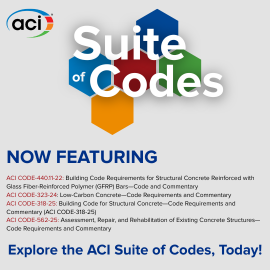
New DOE analysis supports use of 2018 IECC
The Office of Energy Efficiency and Renewable Energy of the U.S. Department of Energy (DOE) issued a preliminary determination — Preliminary Analysis Regarding Energy Efficiency Improvements in the 2018 International Energy Conservation Code — on May 2, 2019, that the 2018 International Energy Conservation Code (IECC) will improve energy efficiency in residential buildings. In support of this determination, the DOE conducted a technical analysis evaluating the impacts of the 2018 IECC (relative to the previous 2015 edition). The preliminary determination found that nationally the 2018 IECC saves 1.97 percent annual energy cost as compared to the 2015 IECC, along with 1.91 percent savings in annual source energy and 1.68 percent in annual site energy.
The DOE’s preliminary review and analysis of the 2018 IECC identified two key changes, which result in the bulk of the energy savings associated with the updated code: RE31 (fenestration) that lowers (improves) fenestration U-factors in climate zones 3–8; and RE127 (lighting) that increases high-efficacy lighting from 75 to 90 percent of permanently installed fixtures in all homes. These changes are expected to have a significant and measurable impact on energy efficiency in residential buildings, and are expected to increase energy savings and impact a significant fraction of new homes. Together, the key impacts are expected to result in life-cycle cost savings ranging from a low of $398 in climate zone 1 to a high of $1,071 in climate zone 8. Expected payback ranges from 0.0 years (immediate payback) in climate zones 1 and 2 to 1.8 years in climate zone 3. National average savings are $480 with a payback of 1.1 years.
Internationally, code officials recognize the need for a modern, up-to-date energy conservation code addressing the design of energy-efficient building envelopes and installation of energy efficient mechanical, lighting and power systems through requirements emphasizing performance. Introduced in 1998 and continuing the leadership role in energy codes that the International Code Council legacy organizations started over 20 years before that, the IECC addresses energy efficiency on several fronts, including cost savings, reduced energy usage, conservation of natural resources and the impact of energy usage on the environment.
The IECC is updated every three years to incorporate current technologies, costs, and practices. The Code Council performs these periodic revisions of its model codes through a defined process that allows outside participation from stakeholders, including public and governmental entities. Once the revision process is completed, a new edition of the model code is published. States and local jurisdictions can then reference these codes, to legislate increased energy efficiency in buildings through their adoption processes. The IECC is developed, revised and adopted in open public forums, through a voluntary consensus process.
Participation in the Code Council’s code development process offers code professionals a way to participate in effecting change in the model codes. Code stakeholders will be gathering in Las Vegas, Nev., for the 2019 ICC Annual Conference and Public Comment Hearings from Oct. 20–30, 2019. This national event is an excellent opportunity to learn more about the 2018 IECC and the deliberations of the 2021 IECC being developed this year.
The DOE welcomes written comments from interested parties on any subject within the scope of this preliminary analysis. Written comments will be accepted until June 3, 2019. Any comments submitted must provide docket number EERE-2018-BT-DET-0014.






